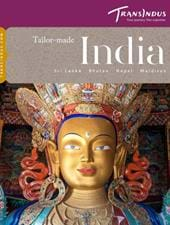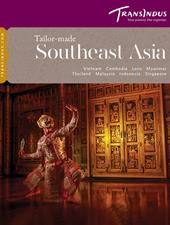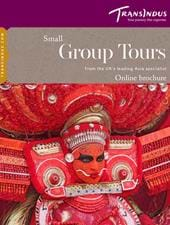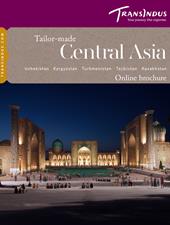Combined, the states of Kerala, Tamil Nadu, Andra Pradesh & Telangana make up Southern India. Most tours of South India tend to focus on the southern part the peninsula, starting at the old colonial spice port of Fort Cochin and nearby backwaters of Kerala, continuing via a well-trodden trail over the Western Ghat mountains to Tamil Nadu, whose great temples are the focus of intense ritual activity. Having visited Madurai and Thanjavur, you could then veer north up the coast to the former French colony of Pondicherry, then on to Mamallpuram to take in the ancient monuments of the Pallavas, winding up with a day or two on the beach before flying out of Chennai (Madras).
Karnataka, covering the southern portion of the Deccan Plateau, offers a compelling mix of magical archaeological sites, beautiful volcanic uplands and misty hills carpeted with coffee plantations, where tiger, elephant and leopard roam wild in forests retaining some of the greatest bio-diversity in Asia.
The state’s undisputed showpiece, however, are the ruins of medieval Vijayanagar at Hampi. Scattered over a tract of boulder hills and banana plantations on the banks of the Tungabhadra River, the site has a unique atmosphere, which travellers have been able to enjoy in great comfort since the appearance of a couple of world-class luxury hotels.
Best Time to Visit South India
The southern half of the Indian peninsula experiences its best weather from mid-December until roughly the end of March. At this time, temperatures at sea level rarely exceed 34 degrees, the skies are blue and rainfall low, while up in the mountains the light is crisp and weather comparable to a spell of hot summer weather in northern Europe (albeit with chillier nights up in the tea plantations, where you’ll need a fleece or shawl to sit on the veranda after supper).
From April onwards, the heat and humidity in the south can be oppressive, but extreme heat in the 40s is exceedingly rare.
June sees the arrival of torrential downpours and cyclonic weather in the south. The stormy weather lasts for four months, after which there is a brief, but rather humid hiatus before the onset of the so-called ‘Northwest Monsoon’ or ‘Retreating Monsoon’, when the prevailing winds switch direction and rain clouds blow in from the Bay of Bengal. This lighter rainy season finishes in early December, leaving the rice fields vivid green and the rivers replenished.







